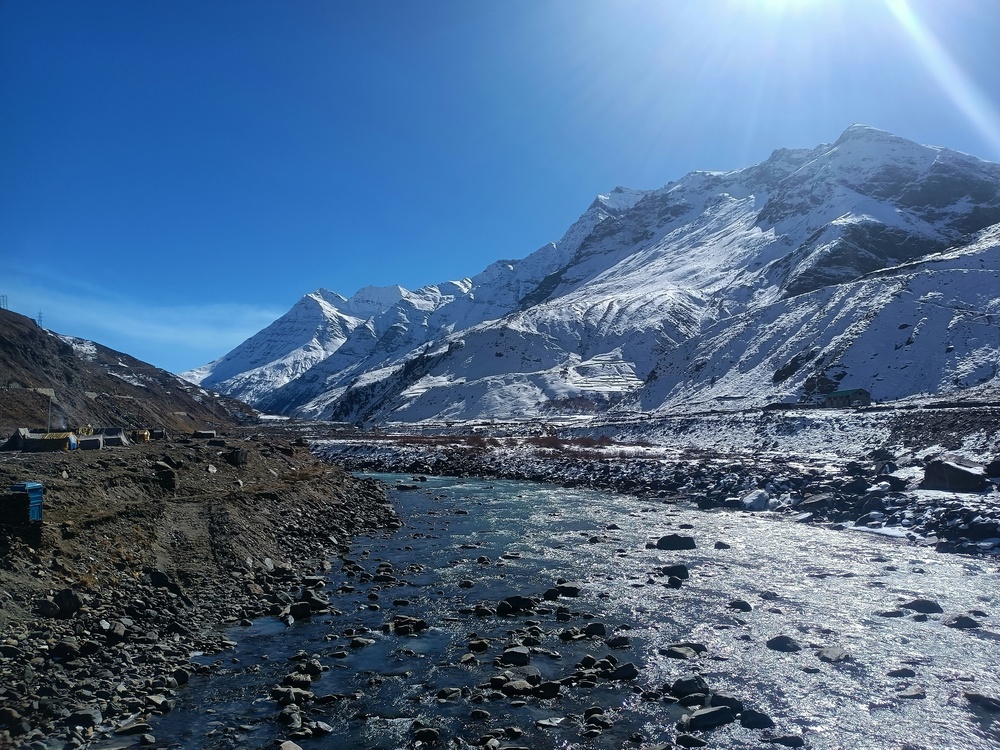A Complete Guide to Trekking in India: Routes, Tips, and Best Time
Trekking in India is not just a physical adventure—it’s a journey into some of the country’s most untouched landscapes, diverse ecosystems, and ancient cultures. From the mighty Himalayas in the north to the lush Western Ghats in the south, the country offers an impressive variety of trekking experiences suited to every skill level and interest. Whether you’re an adrenaline junkie or a nature enthusiast, this guide covers the best routes, expert tips, and the ideal seasons for an unforgettable trekking experience.
Why Choose Trekking in India?
India’s geographical diversity makes it a top destination for trekkers worldwide. High-altitude glacial trails, tropical rainforest paths, flower-laden valleys, and sacred mountain passes offer something for every explorer. In addition to natural beauty, many treks pass through remote villages and spiritual sites, allowing trekkers to immerse themselves in India’s rich cultural heritage.
Top Routes for Trekking in India
Here are some of the best trekking routes in the country, each offering a distinct adventure:
1. Chadar Trek (Ladakh)
- Highlights: Trek on the frozen Zanskar River in winter.
- Best Time: January to February
- Level: Difficult
2. Valley of Flowers (Uttarakhand)
- Highlights: UNESCO site with alpine blooms and Hemkund Sahib nearby.
- Best Time: July to early September
- Level: Moderate
3. Kedarkantha Trek (Uttarakhand)
- Highlights: Snowy landscapes and a 360° summit view.
- Best Time: December to April
- Level: Easy to Moderate
4. Hampta Pass (Himachal Pradesh)
- Highlights: Contrast between Kullu’s greenery and Spiti’s arid land.
- Best Time: June to September
- Level: Moderate
5. Tarsar Marsar Trek (Jammu & Kashmir)
- Highlights: Twin alpine lakes and Kashmiri meadows.
- Best Time: July to September
- Level: Moderate
6. Dzongri Trek (Sikkim)
- Highlights: Panoramic views of Kanchenjunga.
- Best Time: March to May, September to November
- Level: Moderate
7. Sandakphu Trek (West Bengal/Sikkim border)
- Highlights: View of four of the world’s five highest peaks.
- Best Time: April to May, October to December
- Level: Moderate
8. Rajmachi Fort Trek (Maharashtra)
- Highlights: Historical fort, waterfalls, and monsoon beauty.
- Best Time: June to September
- Level: Easy
9. Goechala Trek (Sikkim)
- Highlights: Close-up views of Mt. Kanchenjunga and other high peaks.
- Best Time: April to June, September to November
- Level: Difficult
10. Nanda Devi Base Camp (Uttarakhand)
- Highlights: Remote alpine valleys and India’s second-highest peak.
- Best Time: May to October
- Level: Difficult
Best Time for Trekking in India
The ideal time for trekking in India varies depending on the region and altitude:
- Summer Treks (May–June): Great for high-altitude Himalayan treks like Roopkund and Goechala.
- Monsoon Treks (July–September): Ideal for Western Ghats and Valley of Flowers.
- Winter Treks (December–February): Perfect for snow treks like Kedarkantha and Chadar.
Avoid monsoon season in Himalayan regions due to landslides and trail closures.
Essential Tips for Trekking in India
- Prepare Physically
Start a fitness routine at least 4–6 weeks before your trek, focusing on cardio and stamina. - Pack Smart
Bring essentials like trekking shoes, thermal wear, waterproof gear, a first aid kit, torch, and high-energy snacks. - Acclimatize Properly
Especially crucial for high-altitude treks. Take a day or two to adjust and stay hydrated. - Trek Responsibly
Respect local culture, avoid littering, and follow “Leave No Trace” principles. - Hire Local Guides
For safety and to support the local economy, hire certified local guides or join reputable trek operators. - Stay Informed
Always check weather updates and trail conditions before setting out.
Types of Treks in India
- Tea-House Treks: Available in areas like Himachal and Uttarakhand with basic accommodations en route.
- Camping Treks: Involve staying in tents; common in remote or high-altitude treks.
- Day Treks: Perfect for beginners or weekend getaways, like Rajmachi or Triund.
Final Thoughts
With its breathtaking diversity and cultural richness, trekking in India is more than an adventure—it’s a transformative experience. Whether you’re walking across a frozen river, climbing to a remote mountain pass, or wandering through flower-filled meadows, the trails of India promise something unforgettable for everyone.
So pack your bag, tighten your laces, and let the trails of India guide you to a new discovery.


